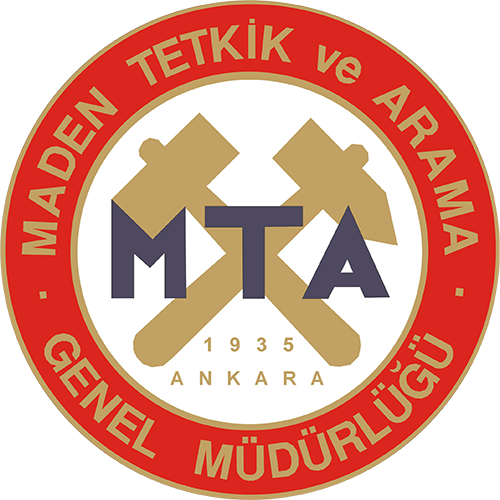Details
Neotectonics and geothermal potential of the East Anatolian Tectonic Block: A case study in Diyadin (Ağrı) geothermal field, NE Türkiye
Doğu Anadolu Tektonik Bloğunun Neotektoniği ve jeotermal potansiyeli: Diyadin (Ağrı) jeotermal sahasında bir durum çalışması, KD Türkiye
Indexed In
Volume 171 / 2023Authors
Ali KOÇYİĞİTKeywords
Diyadin Geothermal Field, Thermogene Fissure-ridge Travertine, Active Volcano, Active Strike-slip Tectonic Regime.Abstract
Diyadin is situated 71 km ESE of Ağrı nearby the Turkish-Iranian State border in the east Anatolian tectonic block. It is only one of several type localities of promising geothermal fields in eastern Anatolia. The neotectonic regime and related fault zones in the Eastern Anatolia are dominated by a strike-slip tectonic regime governed by a stress field state, in which the greatest principal compressive stress (σ1) is operating in NNW direction (N22°W) while the least principal stress axis (σ3) or extension direction is N68°E. This stress field state was proved once more by the tensor solution of the 12 June 2022 Akçift (Muradiye-Van) earthquake of Mw = 5.1. The strike-slip neotectonic regime started at the time of latest Pliocene-early Quaternary and then triggered the first occurrence of the fissure eruption along the NNW trending Kaletepe open fracture. This event was followed by the development of both the two-peaked Tendürek strato-shild volcano and the Diyadin geothermal field (DGF). The most common manifestations of the DGF are the active tectonic regime and related faults, active volcanoes, fumeroles, numerous hot water springs to artesian wells, widespread ironrich alteration zones, actively growing fissure-ridge travertines and the probable presence of the shallow-seated and unroofed hypabyssal felsic to intermediate intrusions of Quaternary age.
Click for .pdf Türkçe .pdf için tıklayınız
